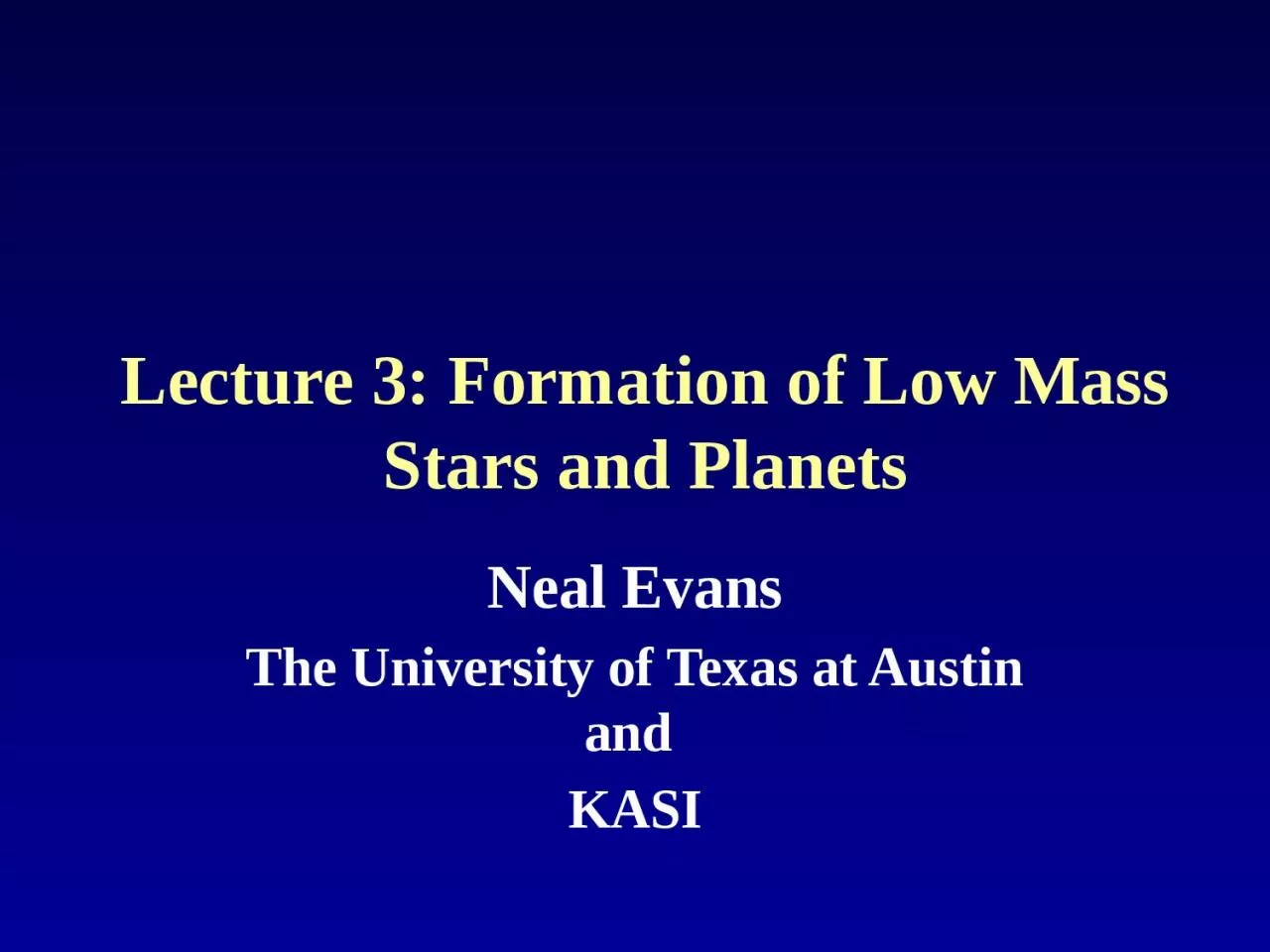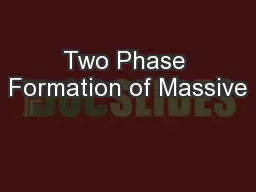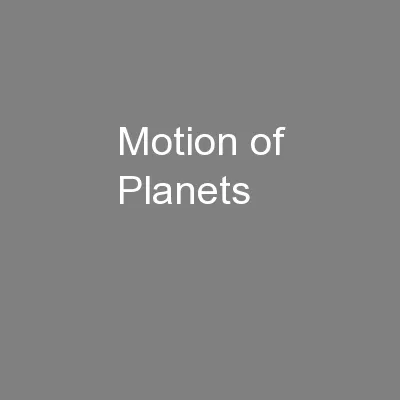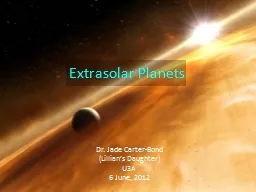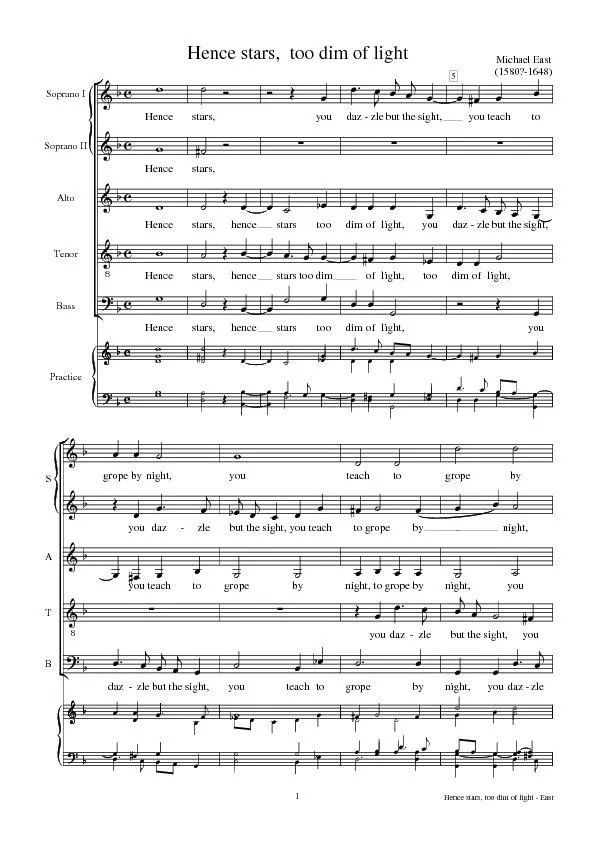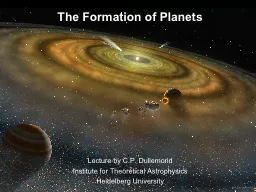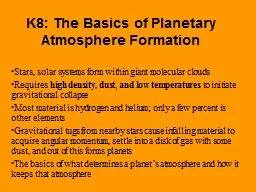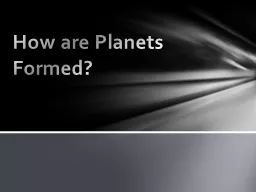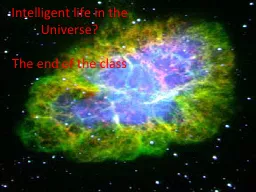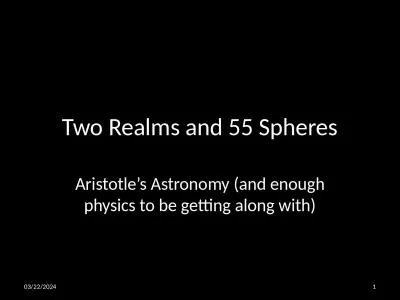PPT-Lecture 3: Formation of Low Mass Stars and Planets
Author : arya | Published Date : 2023-11-11
Neal Evans The University of Texas at Austin and KASI The Long and Winding Road Core to Star Disk The idea of a Core Some simple theory Evolutionary Stages and
Presentation Embed Code
Download Presentation
Download Presentation The PPT/PDF document "Lecture 3: Formation of Low Mass Stars a..." is the property of its rightful owner. Permission is granted to download and print the materials on this website for personal, non-commercial use only, and to display it on your personal computer provided you do not modify the materials and that you retain all copyright notices contained in the materials. By downloading content from our website, you accept the terms of this agreement.
Lecture 3: Formation of Low Mass Stars and Planets: Transcript
Download Rules Of Document
"Lecture 3: Formation of Low Mass Stars and Planets"The content belongs to its owner. You may download and print it for personal use, without modification, and keep all copyright notices. By downloading, you agree to these terms.
Related Documents

